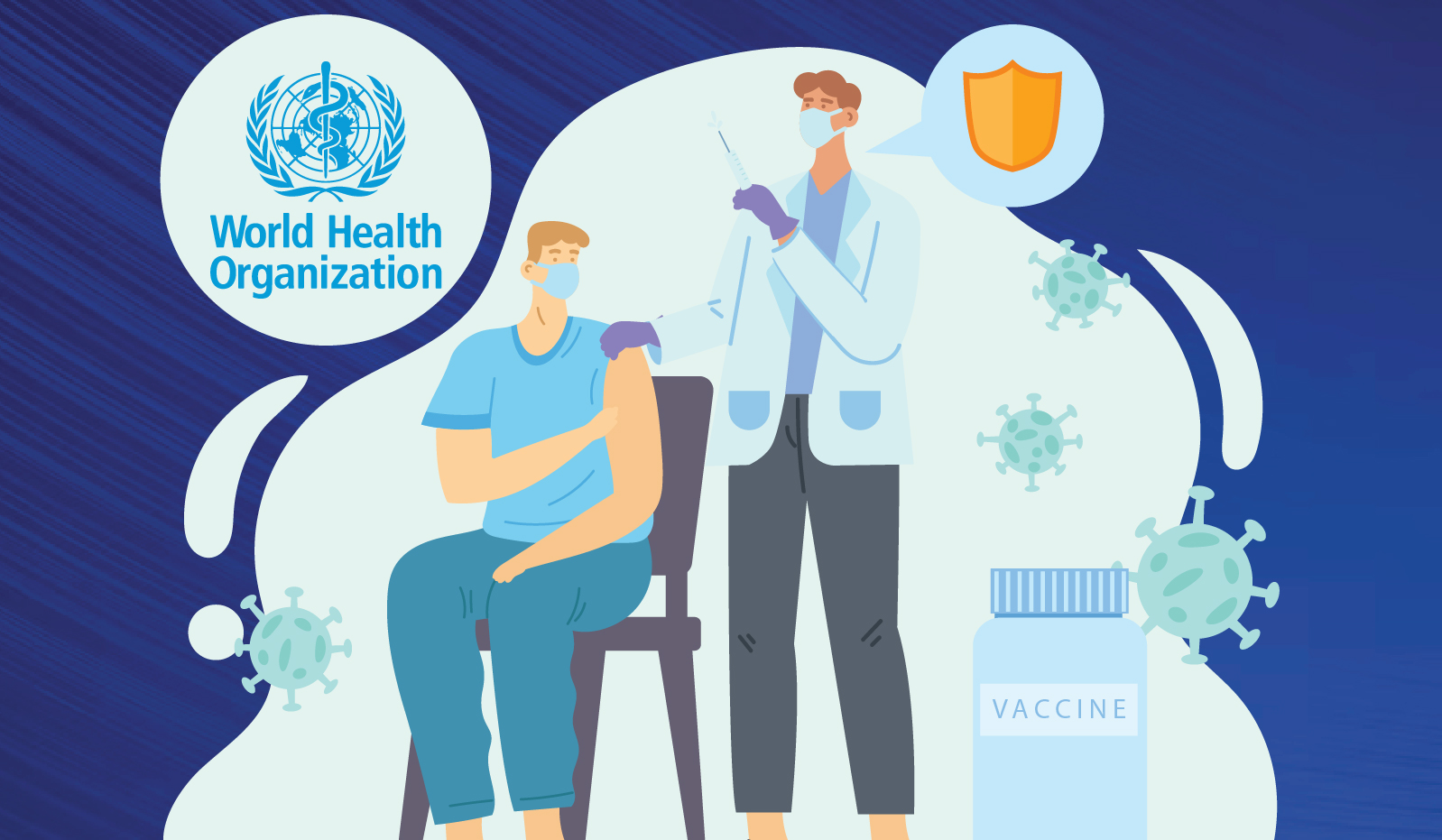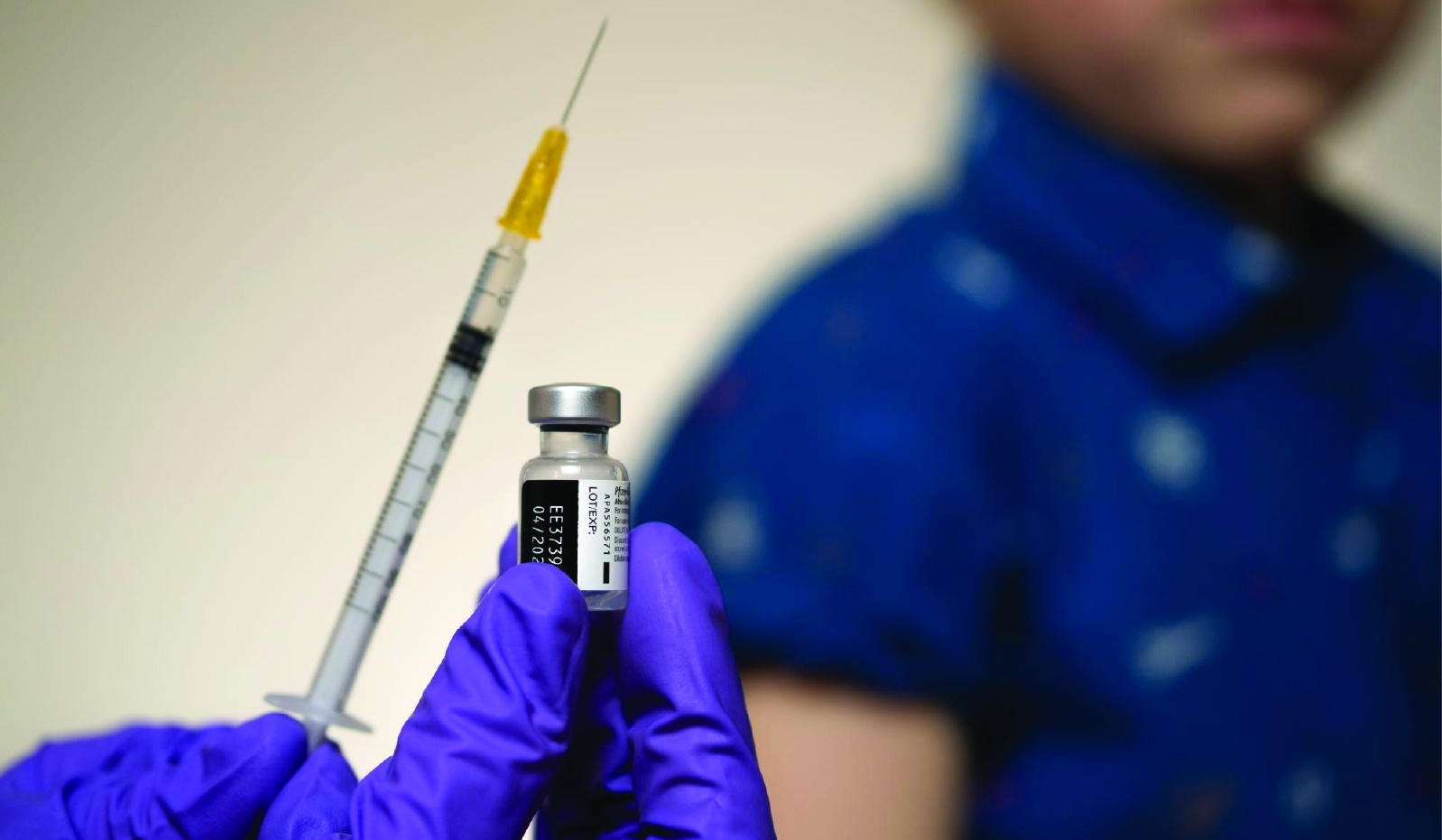In March 2014, the World Health Organization declared India polio-free based on criteria including three years of no wild poliovirus transmission, robust surveillance systems, and the destruction of any remaining stocks of the virus.
- It involved culmination of decades of dedicated efforts, starting with India’s participation in the Global Polio Eradication Initiative and national immunization efforts under Universal Immunization Programme (UIP).
About Universal Immunization Programme
- It is one of the world’s largest public health programs providing free vaccines for 12 vaccine-preventable diseases.
- In 1985, Expanded Programme on Immunization was renamed as UIP, broadening its reach to rural areas beyond urban centers.
Preventive measures to maintain Polio-free status in India
- Annual Polio Campaigns: National Immunization Days (NID) and Sub-National Immunization Days (SNID) conducted annually to keep immunity levels high and ensure that no child is missed.
- Surveillance and Border Vaccination: Vaccination at international borders continues to mitigate the risk of polio re-importation from endemic regions.
- Inactivated Polio Vaccine (IPV): Introduced in 2015, provides additional protection against polio, especially against type 2 poliovirus.
- Mission Indradhanush: Launched in 2014, it aims to increase immunization coverage to 90%. Special attention is given to hard-to-reach areas with low immunization rates.
About Poliomyelitis (Polio)
|





